Julien Despois
Learning Long-Term Style-Preserving Blind Video Temporal Consistency
Mar 12, 2021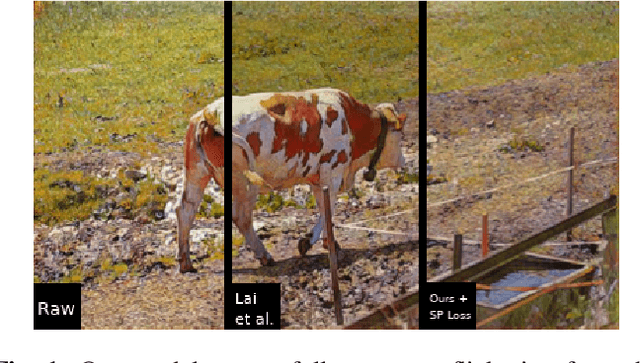
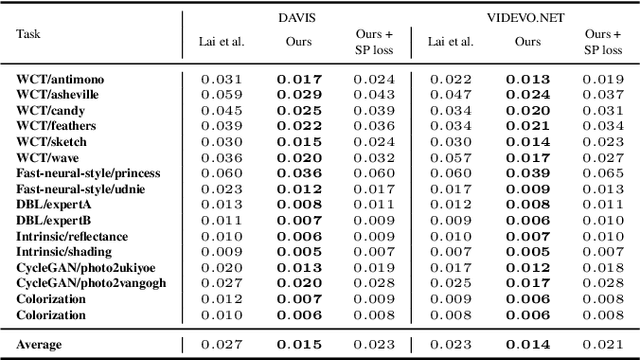
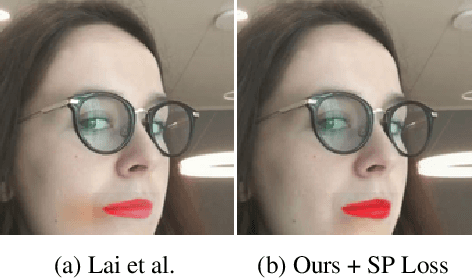
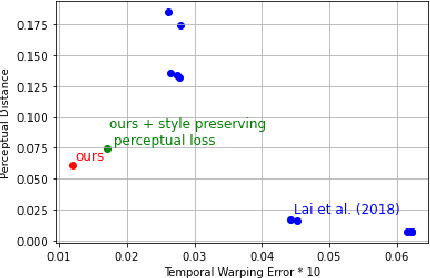
Abstract:When trying to independently apply image-trained algorithms to successive frames in videos, noxious flickering tends to appear. State-of-the-art post-processing techniques that aim at fostering temporal consistency, generate other temporal artifacts and visually alter the style of videos. We propose a postprocessing model, agnostic to the transformation applied to videos (e.g. style transfer, image manipulation using GANs, etc.), in the form of a recurrent neural network. Our model is trained using a Ping Pong procedure and its corresponding loss, recently introduced for GAN video generation, as well as a novel style preserving perceptual loss. The former improves long-term temporal consistency learning, while the latter fosters style preservation. We evaluate our model on the DAVIS and videvo.net datasets and show that our approach offers state-of-the-art results concerning flicker removal, and better keeps the overall style of the videos than previous approaches.
AgingMapGAN (AMGAN): High-Resolution Controllable Face Aging with Spatially-Aware Conditional GANs
Aug 26, 2020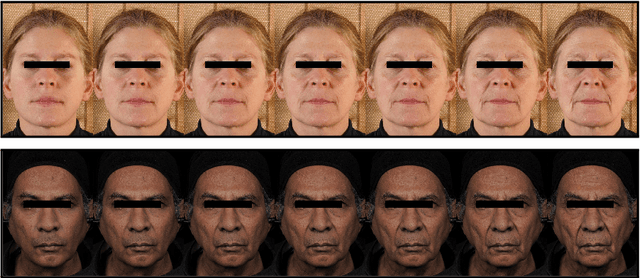



Abstract:Existing approaches and datasets for face aging produce results skewed towards the mean, with individual variations and expression wrinkles often invisible or overlooked in favor of global patterns such as the fattening of the face. Moreover, they offer little to no control over the way the faces are aged and can difficultly be scaled to large images, thus preventing their usage in many real-world applications. To address these limitations, we present an approach to change the appearance of a high-resolution image using ethnicity-specific aging information and weak spatial supervision to guide the aging process. We demonstrate the advantage of our proposed method in terms of quality, control, and how it can be used on high-definition images while limiting the computational overhead.
 Add to Chrome
Add to Chrome Add to Firefox
Add to Firefox Add to Edge
Add to Edge